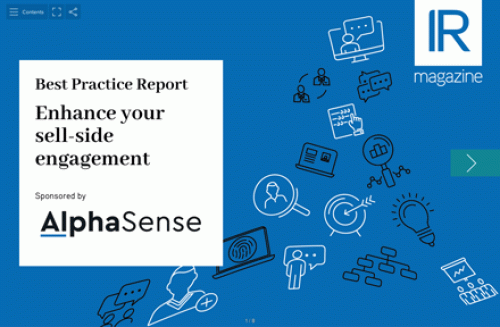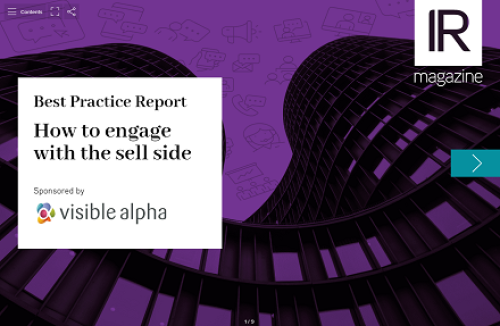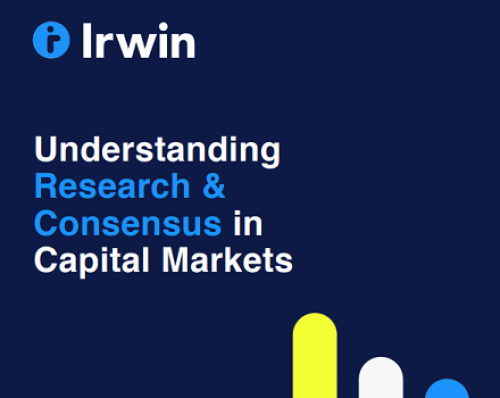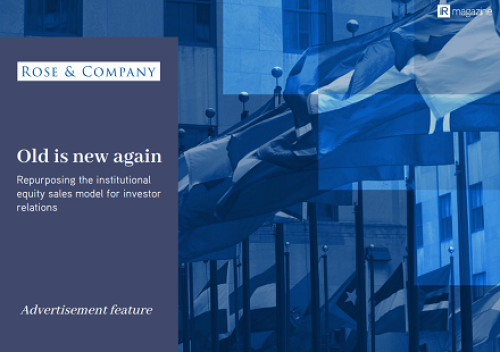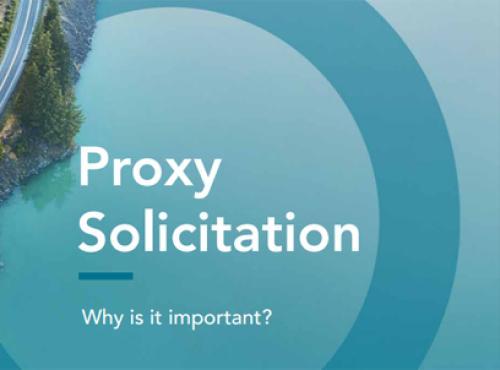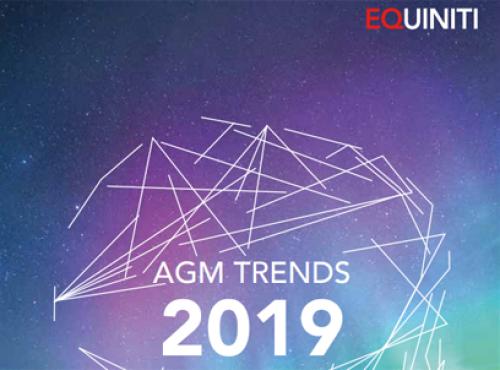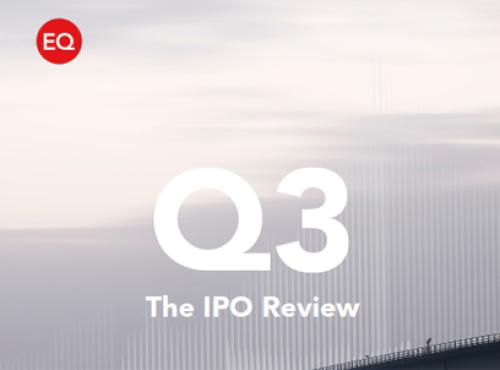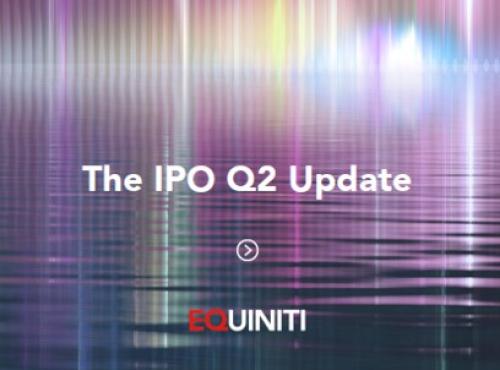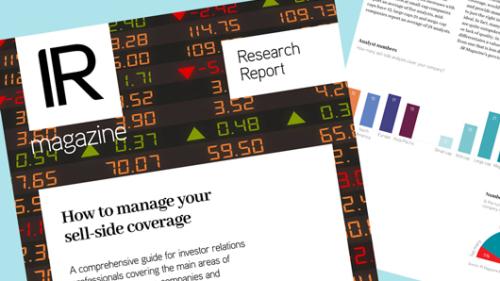Some companies are dealing with dwindling sell-side coverage
Drinking a potion that makes the hero invisible has always been a successful crowd-pleaser for movie characters. But when companies become imperceptible, audiences are less entertained. And that's essentially what's happening to a number of small to mid-cap companies as sell-side coverage dwindles or - in some cases - dries up completely.Analyst coverage has been falling for several years but took a dramatic turn for the worse after major Wall Street firms came under fire over conflicts of
You need to register to access 3 free deep dive articles per month. To continue reading please register or login below..
- Unlimited deep dives
- Data-driven research around key topics
- Buy-side insights
- Benchmarking reports
From
$1495

